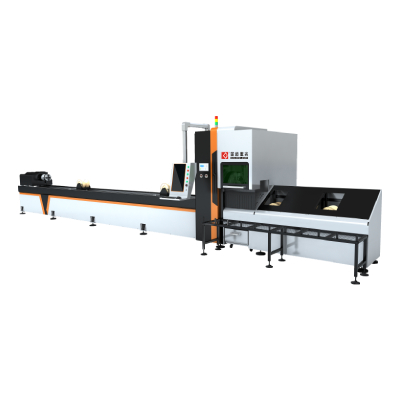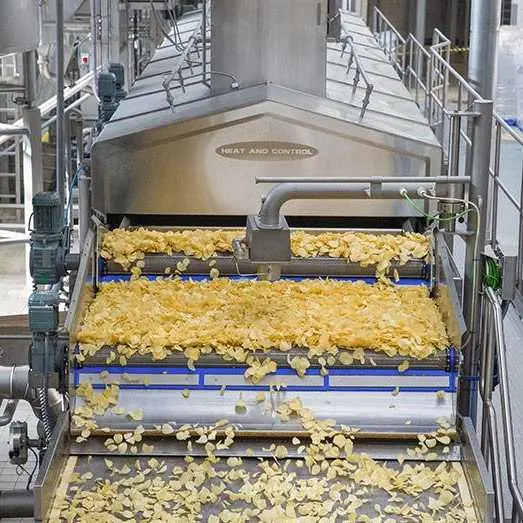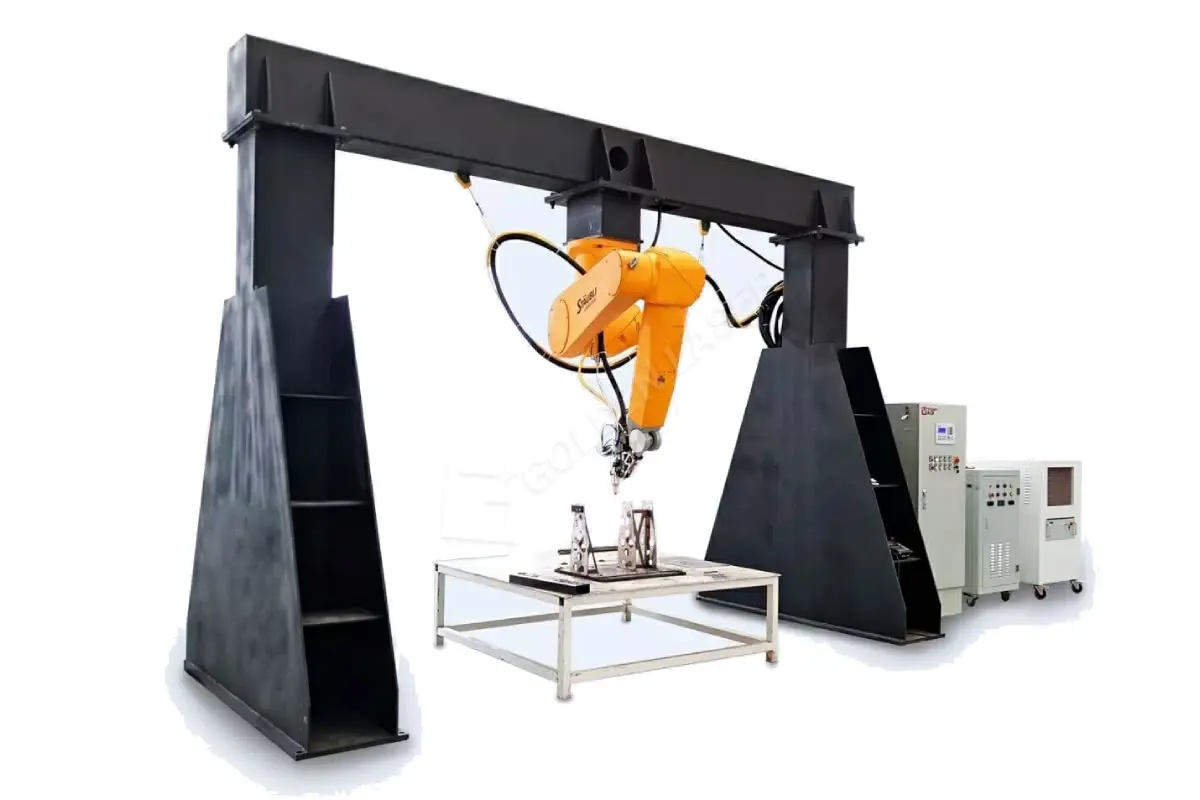Metal cutting is a crucial process in manufacturing, playing an essential role in shaping materials to create parts and components for a diverse range of industries. From automotive to aerospace, metal cutting techniques are foundational to machining operations that ensure precision and efficiency. Understanding the fundamentals of metal cutting is vital for engineers, machinists, and manufacturers alike. This article will delve into various techniques, tools, and applications of metal cutting, highlighting its importance in modern production processes.
The Basics of Metal Cutting
Metal cutting refers to the process of removing material from a workpiece to achieve a desired shape or finish. This process is generally accomplished using various methods, each suitable for different materials, shapes, and specifications. The most common methods include turning, milling, drilling, grinding, and electrical discharge machining (EDM).

Understanding the Fundamentals of Metal Cutting: Techniques, Tools, and Applications in Modern Manufacturing Processes
These techniques vary significantly in their mechanics, tooling, and applications. For example, turning involves rotating a workpiece against a stationary cutting tool, primarily used for producing cylindrical shapes. Milling, in contrast, employs a rotating tool to remove material from a stationary workpiece, allowing for complex shapes and features to be machined.
Cutting Tools: A Deep Dive
At the heart of metal cutting is the cutting tool, designed specifically for the intended machining process. These tools can be classified based on their material, shape, coating, and geometry.
1. **Tool Materials**: Cutting tools are typically made from high-speed steel (HSS), carbide, ceramic, or cermet. Each material has distinct characteristics, such as hardness, wear resistance, and thermal stability. Carbide tools, for example, are highly durable and suitable for high-speed applications, making them a popular choice in modern machining operations.

Understanding the Fundamentals of Metal Cutting: Techniques, Tools, and Applications in Modern Manufacturing Processes
2. **Tool Geometry**: The design of cutting tools significantly influences their performance. Key geometric parameters include rake angle, clearance angle, and edge radius. Proper tool geometry ensures optimal cutting conditions, resulting in efficient machining and better surface finishes.
3. **Coatings**: Coatings such as titanium nitride (TiN) or aluminum oxide are often applied to cutting tools to enhance their performance. These coatings can provide benefits such as increased hardness, reduced friction, and improved wear resistance, extending the lifespan of the tool and improving the overall efficiency of the metal cutting process.
Techniques in Metal Cutting
1. **Turning**: This method involves rotating a workpiece while a single-point cutting tool removes material. Turning is primarily used for producing cylindrical parts, such as shafts and valves. CNC (Computer Numerical Control) turning machines enhance accuracy and automate the process.
2. **Milling**: Milling machines utilize rotating tools to remove material from the workpiece. This process is versatile, allowing for the manufacturing of flat surfaces, slots, and intricate designs. With the advancement of CNC milling, precision and complexity in shapes have significantly improved.

Understanding the Fundamentals of Metal Cutting: Techniques, Tools, and Applications in Modern Manufacturing Processes
3. **Drilling**: Drilling focuses on creating holes in metal workpieces. It involves rotating a drill bit to remove material. Modern drill presses can achieve high precision, and specialized drill bits can cater to different materials and sizes.
4. **Grinding**: While primarily used for finishing, grinding is a metal cutting process that utilizes an abrasive wheel to remove material. It’s commonly employed to achieve tight tolerances and improve surface finishes.
5. **EDM (Electrical Discharge Machining)**: This non-traditional cutting technique uses electrical sparks to erode material from the workpiece. EDM is particularly effective for hard materials and complex geometries that are difficult to machine using conventional methods.
Applications of Metal Cutting
The applications of metal cutting are vast and varied. In the automotive industry, components such as engine blocks and chassis parts undergo precision machining to ensure they meet stringent quality and performance standards. The aerospace sector relies on advanced metal cutting techniques to manufacture lightweight yet sturdy parts that can withstand extreme operating conditions.
Other sectors such as medical device manufacturing, defense, and energy also utilize metal cutting processes to create complex and durable components essential for their operations. The invention of CNC technology has paved the way for greater automation and precision, reducing human error and increasing production efficiency across these fields.
Conclusion
Metal cutting is an indispensable aspect of modern manufacturing, providing the means to shape and form various metals into precise parts and assemblies. As technology advances, the techniques and tools for metal cutting continue to evolve, offering new possibilities for innovation and improvement in production processes. By understanding the fundamentals of metal cutting, professionals in manufacturing can make informed decisions that enhance quality, efficiency, and creativity in their projects. Whether through traditional methods or advanced CNC capabilities, the art and science of metal cutting remain at the forefront of industrial development. Cnc Laser Cutting Steel Machine
